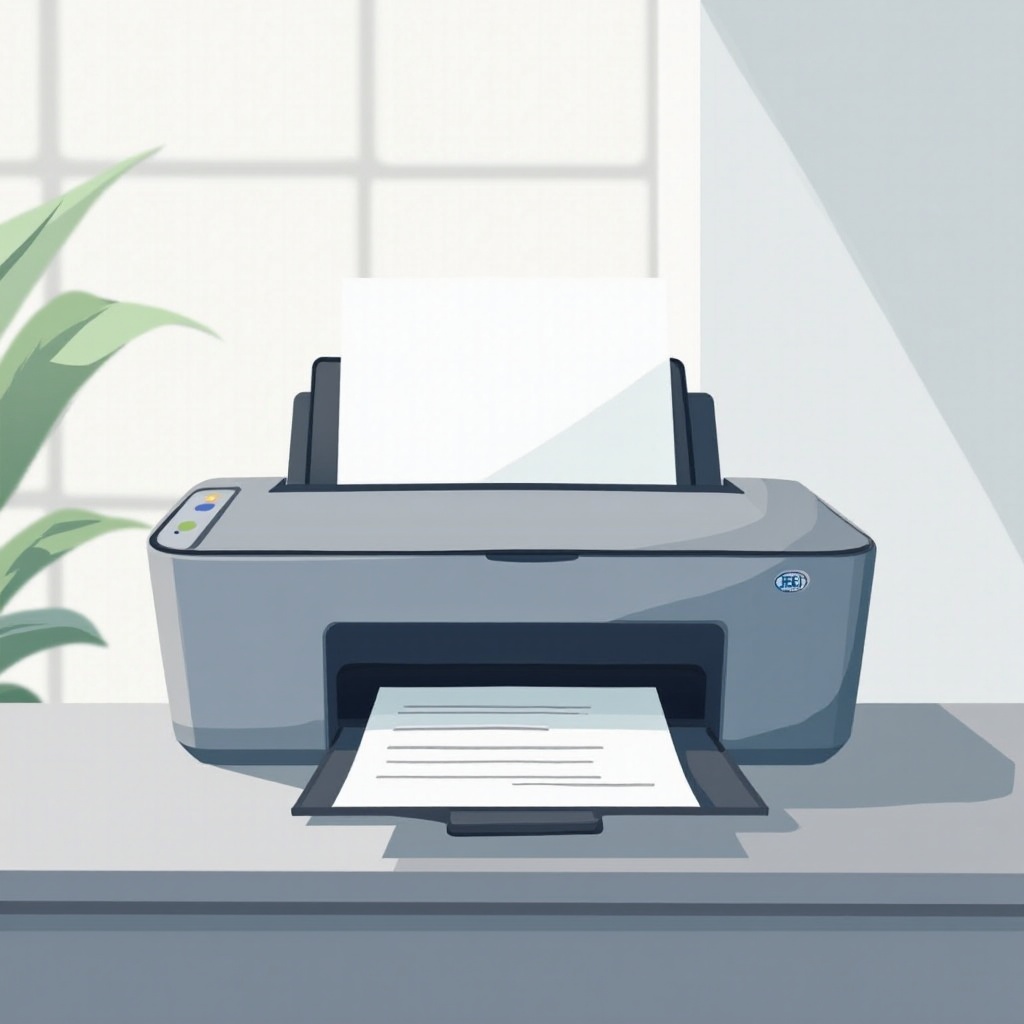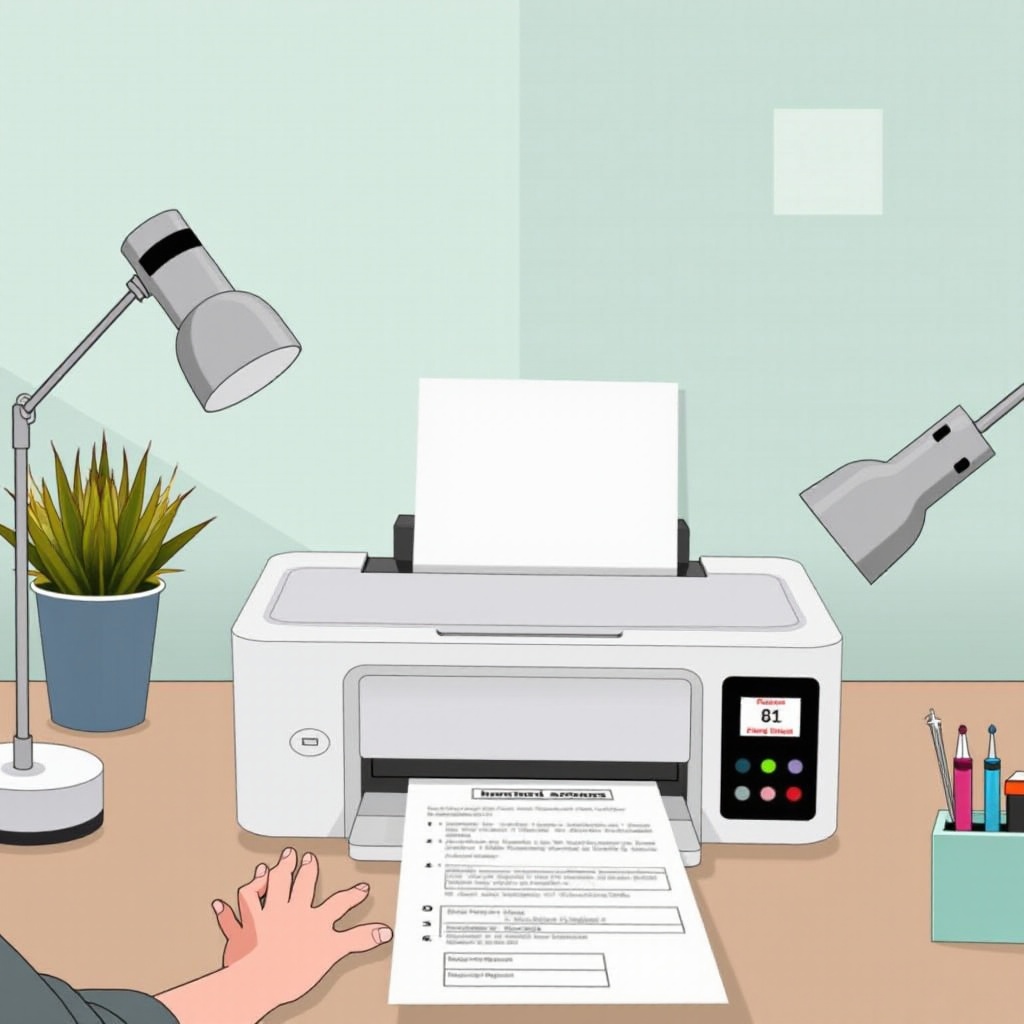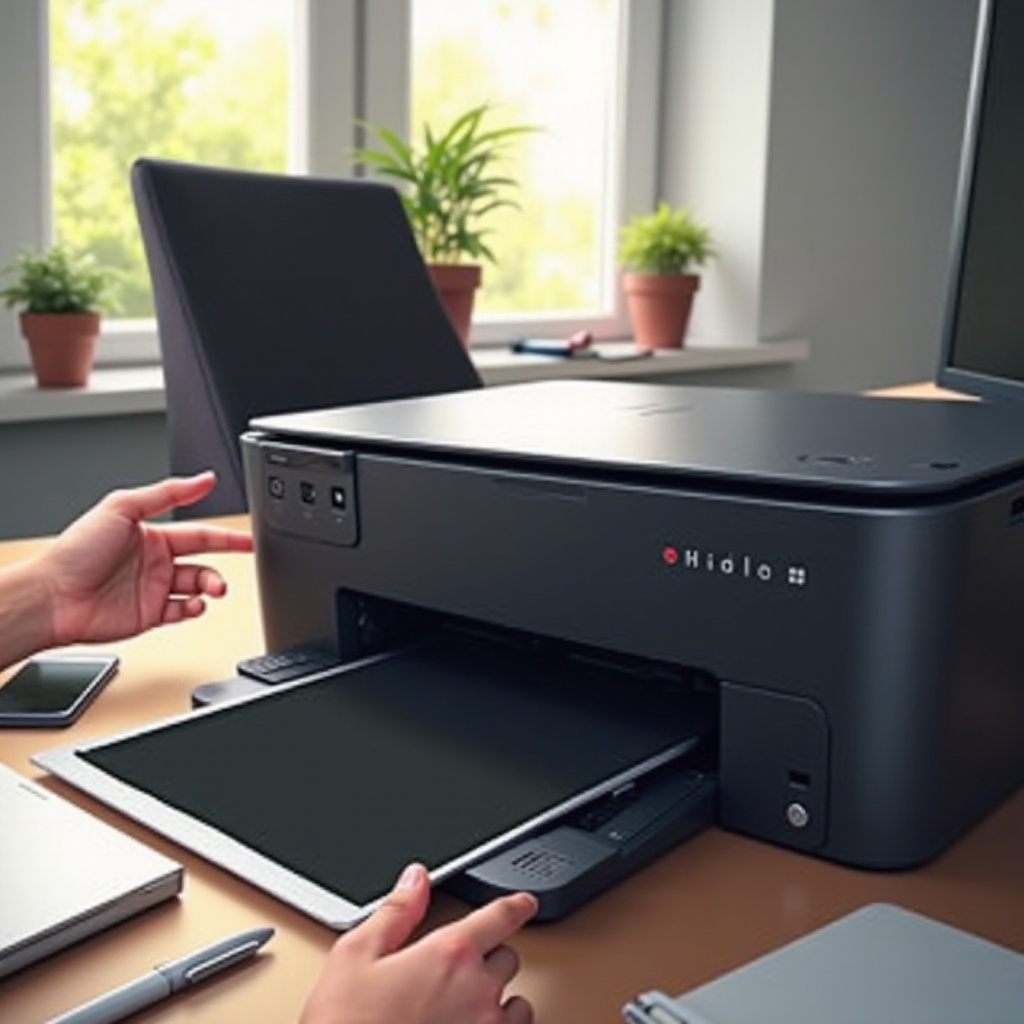Introduction
Printers, while essential in our daily activities, often leave us puzzled when malfunctions arise, such as the perplexing occurrence of printing black pages. This mysterious issue can interrupt crucial tasks and squander resources, leaving users frustrated. The journey to resolving this starts with pinpointing the root causes, which could be anything from ink cartridge mishaps, printer setting aberrations, to software malfunctions. This article endeavors to unravel these causes with a comprehensive troubleshooting guide and preventive strategies, all geared towards restoring your printer’s functionality and preventing future hitches. Embark with us as we decode the dilemmas and solutions to ensure your printer performs efficiently.

Common Causes of Printers Printing Black Pages
Encountering printer predicaments like blackened pages can indeed be bewildering. However, shedding light on the potential causes can significantly reduce the brouhaha and restore calmness to your printing experiences.
Ink Cartridge Issues
A predominant cause revolves around ink cartridge disturbances. An errant or leaking cartridge might emit excess ink, blanketing entire pages in black. Alternatively, incompatible or misaligned cartridges could trigger this anomaly. Scrutinizing the cartridges for proper seating and model compatibility often mitigates these inconveniences.
Faulty Printer Settings
Erroneous printer configurations can inadvertently steer printing results towards unintended outcomes, such as excessive ink usage leading to black pages. For instance, employing settings designed for enhanced dark outputs might overwhelm pages with too much ink. Adjusting these settings to align with normal printing processes can often rectify such issues.
Driver or Software Malfunctions
Antiquated or corrupted printer drivers may misinterpret printing commands, culminating in irregular outputs like black pages. When the software fails to accurately orchestrate hardware operations due to obsolete drivers, erratic behaviors are inevitable. Regular updates and software maintenance play a pivotal role in circumventing such problems efficiently.
Transitioning from identifying causes, the subsequent section will focus on systematic ways to rectify the black page printing dilemma.
Step-by-Step Troubleshooting Guide
Armed with the knowledge of potential causes, resolving black page printing requires a meticulous approach. Here’s a pragmatic guide to troubleshooting and resolving the predicament.
Inspecting and Replacing Ink Cartridges
- Check for Leaks or Damage: Open your printer and carefully examine each cartridge for visible leaks or damages. Replace any defective ones immediately.
- Ensure Proper Installation: Verify that the ink cartridges are properly seated. Misalignment can lead to significant printing quandaries.
- Test with New Cartridges: If issues persist, install a new set of cartridges to eliminate potential defects.
Adjusting Printer Settings
- Access Printer Settings: Navigate to your computer’s printer settings panel.
- Review Printing Preferences: Align your settings with the required document type and desired printing quality.
- Reset to Default if Necessary: Consider resetting the printer settings to their default to eliminate any inadvertent modifications.
Updating or Reinstalling Printer Drivers
- Check Driver Version: Visit the printer manufacturer’s site to explore and download the latest driver versions.
- Uninstall Current Drivers: Via your device manager, proceed to uninstall any defective drivers.
- Reinstall or Update Drivers: Implement the newest drivers ensuring they’re compatible with your system architecture.
Methodically traversing through these steps can effectively dispel multiple potential causes of black page predicaments. Let’s venture into preventive practices to foster continuous printer health and reliability.

Preventive Measures to Avoid Black Page Printing
Prevention consistently outdoes intervention. By adhering to routine maintenance, the likelihood of hassles like black page printing can be significantly diminished.
Importance of Regular Maintenance
Regularly cleaning your printer’s inner sanctums, such as the printhead and rollers, curtails dust and ink buildup which can impair print quality. Abiding by manufacturer-recommended maintenance schedules serves to bolster optimal performance.
Ensuring Use of Quality Supplies
Opt for genuine ink cartridges and paper brands endorsed by the printer manufacturer. While generic alternatives might appear cost-effective initially, they often culminate in compatibility issues, thereby compromising your printer’s efficiency and lifespan.
Pursuing these preventive tactics not only averts the black page conundrum but extends the lifespan of your printer device. Let’s succinctly compile the insights gathered from this discourse.

Conclusion
Encountering black pages during printing endeavors can be undeniably exasperating, yet a clear comprehension and rectification of the root causes are indispensable. This guide has elucidated potential reasons and provided a robust framework for troubleshooting and preventing such anomalies. Routine maintenance along with the use of high-caliber supplies form the underpinnings of seamless printing operations. Equip yourself with the strategies delineated herein to navigate and conquer the black page challenge, ensuring a consistently smooth printing journey.
Frequently Asked Questions
How often should I update my printer drivers?
Whenever a new version is available, usually every few months, to maintain performance and compatibility.
Can using generic ink cartridges cause this problem?
Yes, as they may not align with print specifications, potentially causing black pages. Manufacturer-recommended products are advisable.
What routine maintenance should I perform on my printer?
Regular cleaning of printhead, rollers, updating firmware, and using compatible cartridges and paper is recommended.